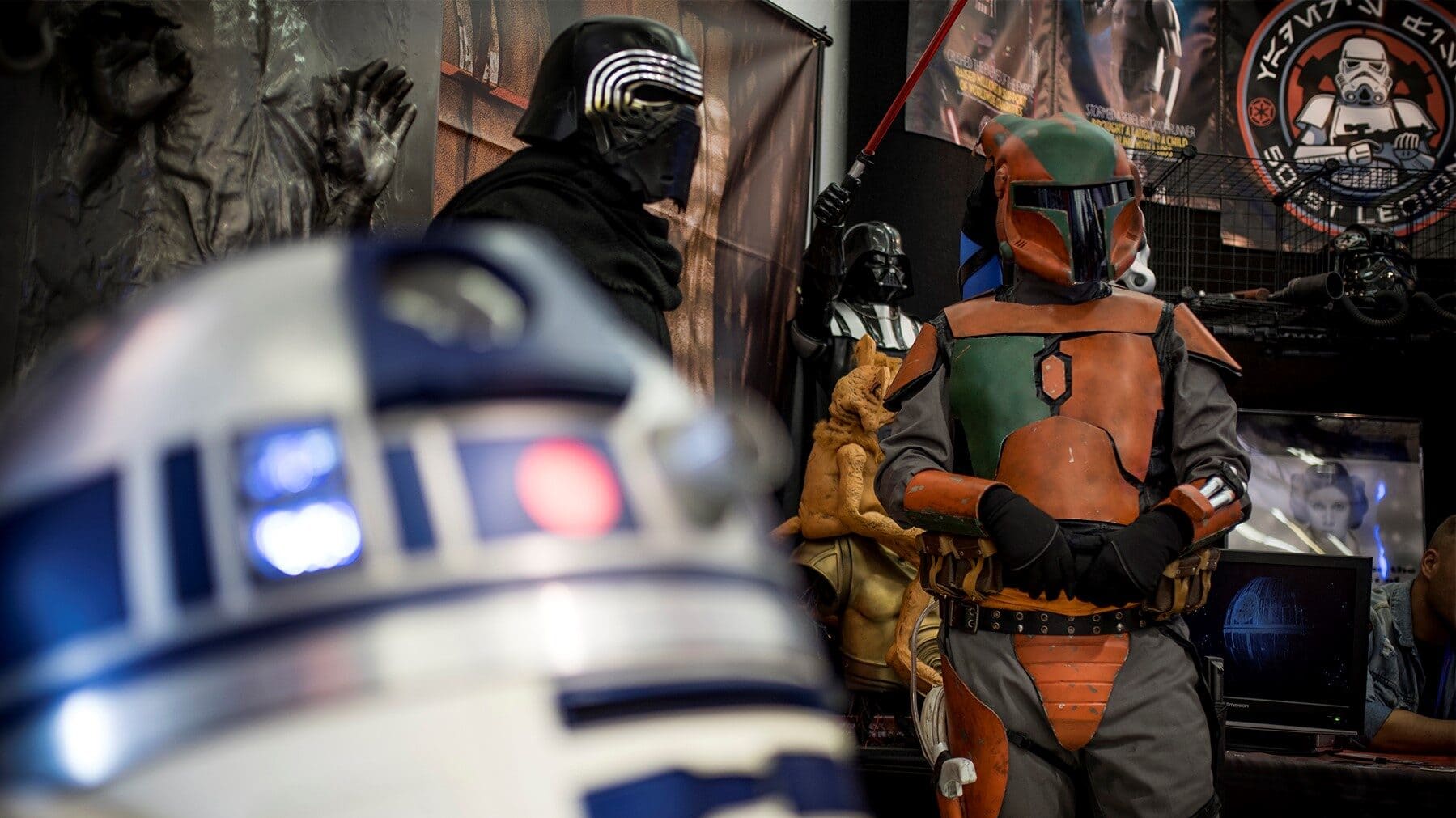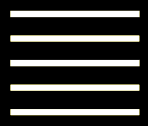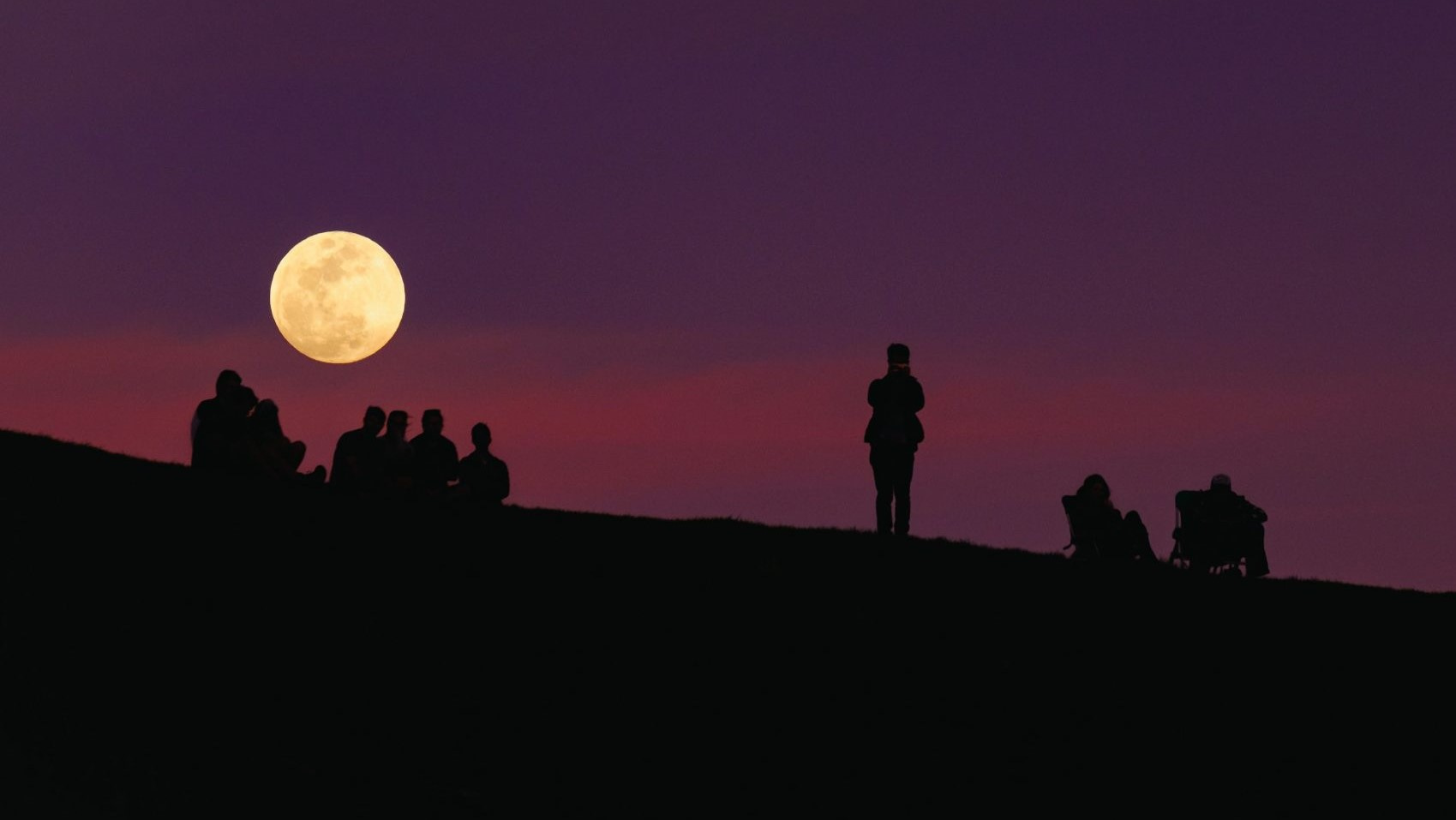Have you ever seen a movie or video game that inspired one (or both) of the following reactions? Either, “WOW! That looks so lifelike and realistic!” or “Yikes! I can’t even look at it—it’s so wrong!”.
In this article, we will explain why some special effects leave us feeling amazed, while others make us feel absolutely repulsed. Grab a bucket of popcorn, unzip your mind, and let’s explore the Uncanny Valley through the world of special effects!

Let’s begin with a quick history lesson, shall we?
While the earliest known film dates back to 1895 1, it wasn’t until the late 1920s that moving pictures became wildly popular in the USA. The economic state of the country was in the dumps, and throughout the Great Depression, folks would happily spend their last pennies on the cinema to escape their troubles. 2
Going to the movies provided people with a break from the stresses of daily life. But why was it such an effective stress reliever? Distraction, and the power of the human imagination. 3
Going to the movies made it possible for the thinking mind to take a breather, and give the dreamers a chance to dream. Much of the wonder that made these dreams feel like reality was due to a particular set of skills; skills that were used to create special effects.
Special effects have come a long way from the early days of cinema. Some of the techniques used in classic films, such as elaborate makeup with prosthetics, matte paintings, puppetry, and tricky camera angles are still widely used to bend our reality to this day!
In this awesome promo video by Movies Insider, the folks at the Stan Winston School of Design give us a peek at some of the skill sets required to make us suspend our disbelief while watching a fantastic flick.
Pretty impressive, right?
Did you recognize any creatures from your favorite films in the video? (You can follow Movies Insider on their YouTube channel to find loads more fun movie-related content!)
The Stan Winston School of Design specializes in practical effects; creating physical characters and designs that actors can interact with on set. Nowadays, computer-generated imagery (also known as CGI) is commonly used in place of practical special effects.
Both methods of creating movie magic have their ups and downs, and the following fact holds true for both methods: A great design can propel you into an immersive world of wonder and possibility, but poor design can suck you back into reality and literally make you bolt for the nearest trash can in a nauseating stupor! And believe it or not, this strong reaction has been scientifically dubbed “The Uncanny Valley”.
This short and sweet video by Mashable explains this psychological phenomenon and how it was discovered. Enjoy!
Did that video remind you of something you’ve recently watched that made you feel uneasy?
I can think of at least ten movies off the top of my head that made me squint with skepticism. To name just a few, “The Mummy Returns” (2001), “The Polar Express” (2004), and “I Am Legend” (2007) are all great examples of films that had questionable effects.
As they mentioned in the video, the Uncanny Valley can have a rather undesirable effect on some people. My older sister Michelle is particularly sensitive to the Uncanny Valley. While watching any muppet-related movie or semi-realistic stop motion film, she literally gets nauseous! Poor thing.
There is an ongoing debate as to whether practical effects are better as a whole than CGI, but we’re not trying to start a fight among movie buffs so I won’t go there. We here at Ever Widening Circles would like to let you decide for yourselves!
Having said that, I happened to stumble upon this funny video that dives into the differences within one particular movie franchise… “Jurassic Park”!
The original “Jurassic Park” movie that came out in 1993 was not only a huge hit, but it contained special effects that still hold up today (twenty-five years later!). The success of the movie most definitely had to do with the brilliant special effects creators, combined with the research and man-hours that went into developing the striking visuals and super-realistic looking dinosaurs.
The next video by New Rockstars contains some slightly more mature content. Nevertheless, it does a great job of comparing the differences between the original film and the reboot “Jurassic World”, and how movie-making has changed over the past quarter-century.
So what do you think?
Will practical effects win over audiences in another twenty-five years or will CGI be the only tool in the box?
The next time you sit down to enjoy a movie, whether it is one you have seen a million times or something you are viewing for the first time… when it’s over, notice how it made you feel. Will you be asking yourself “Wow! How did they do that?!”, or “Good heavens, why did they do that?!”
New developments in technology will inevitably change the film industry, but sometimes it’s nice to stop and notice where we are right now. I have no doubt that there are some epic movies for us to behold in the future. There is so much wonder and great talent out there in the world, and humans will likely never run out of stories to tell. After all, it is in our nature to tell stories and to dream.
Keep dreaming and notice the beauty around you!
~Renee
This article originally published August 12, 2019.
Notes:
- Wikipedia. “History of Film.” Wikipedia, Wikimedia Foundation, 28 July 2019, en.wikipedia.org/wiki/History_of_film. Accessed 30 July 2019. ↩
- History.com Editors. “Great Depression History.” History.com, A&E Television Networks, 29 Oct. 2009, www.history.com/topics/great-depression/great-depression-history. Accessed 30 July 2019. ↩
- Farr, John. “How Movies Got Us Through the Great Depression.” Best Movies by Farr, 12 June 2015, www.bestmoviesbyfarr.com/articles/movies-from-the-great-depression/2015/06. Accessed 30 July 2019. ↩
- INSIDER. “How This Hollywood School Trains Aspiring Special-Effects Artists | Movies Insider.” YouTube, INSIDER, 27 June 2019, www.youtube.com/watch?v=OU6BwJaNKLE. Accessed 29 July 2019. ↩
- Mashable. “What Is The Uncanny Valley? | Mashable Explains.” YouTube, Mashable, 19 June 2014, www.youtube.com/watch?v=aYuBDkto2Vk. Accessed 29 July 2019. ↩
- New Rockstars. “Jurassic World’s CGI PROBLEMS Revealed! Why 1993 Jurassic Park Old Effects Are MORE REALISTIC.” YouTube, New Rockstars, 12 June 2015, www.youtube.com/watch?v=MTChJruqJTc. Accessed 29 July 2019. ↩








